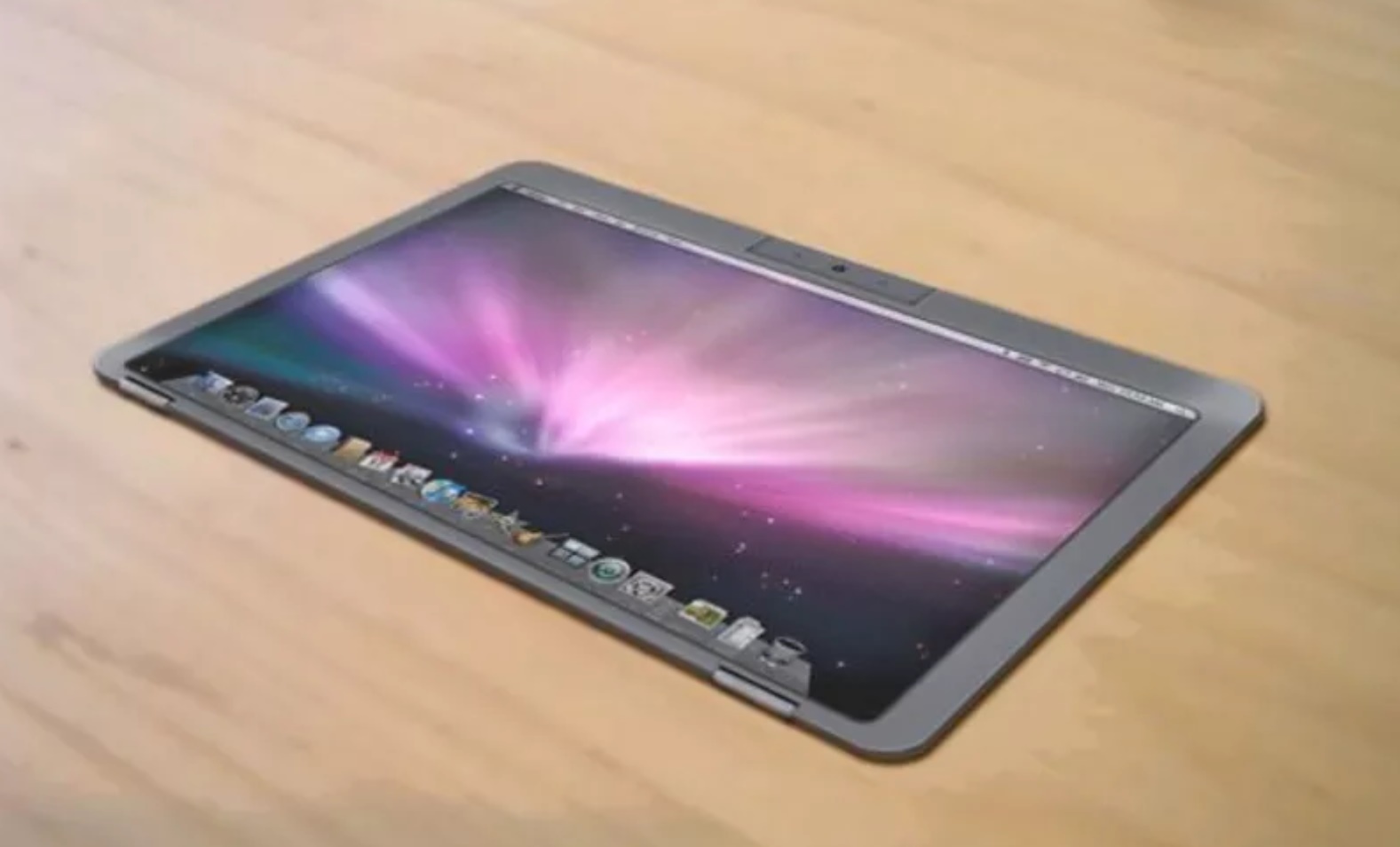Apple could make a detachable Mac tablet within 4 years thanks to Microsoft Surface devices

An argument could be made that Apple already has a detachable laptop device that works just like Microsoft Surface Book, and it’s called the Apple iPad Pro. With that said, the lack of a desktop operating system, narrows the scope of a detachable laptop, by restricting the device to using only applications downloadable from the Apps Apps Store, written for the iOS platform.
The end result is a device that cannot remotely offer the options of a regular laptop, including the ability to edit images in Photoshop, create vector art in Adobe Illustrator, or develop applications and websites in environments like Microsoft Visual Studio, or Adobe Dreamweaver.
Microsoft saw an unfulfilled need, and as any savvy tech company, it filled that need with a tablet that doubles as a laptop, and powered by the full desktop edition of Windows 10. While the Surface lineup had an indeed premature and shaky start, Surface has evolved into a powerful product, capable of cutting a sizable niche for itself, away from a market to afraid to make the leap into uncharted territory.
According to business market research firm International Data Corporation (IDC), there is evidence to suggest that demand for desktop/laptop computers is expected to drop by a mere 2 percent over the next four years, with sales projections telling of a decline in computer and tablets down to 393.9 million units in 2021, from the 435.1 million units sold in 2016. However, demand for detachable computers, such as Microsoft Surface Pro and Surface Book, are expected to climb, from a current 21.5 million, to 37.1 million in 2021.
Tip: If you don’t know how to use a stylus, start practicing
IDC’s projections are telling of a market that is evolving and increasingly leaning towards touch interfaces, whether they’d be physical touch screens, or virtual reality/holographics. Companies like Logitech are even developing virtual keyboards that can be used in a virtual reality environment, while wearing a VR headset, so consumers are slowly but surely getting accustomed to a “hands-on” approach to computing, excuse the pun.
What does this have to do with Apple? Plenty.
In spite of Apple’s reputation as a company who likes to stick consistently with tried-and-true technological tenets, Apple has always been apt to taking risks with products that didn’t always pan out, in light of the fact that those that did, turned out to be worldwide success stories.
The notion that Apple would never come up with a stylus for the iPad has survived the test of times for many years, which explains the flabbergasted reaction at the unveiling of the Apple Pen. Today’s Apple has not been Steve Jobs’ Apple Inc for decades anymore, and the notion of a detachable touchscreen Mac isn’t as far-fetched as it once was.
As the world moves on to integrate stylus and touch as preferable alternatives, or useful aids to the mouse and trackpad, the desktop is hardly desk-bound, and the landscape of desktop devices is now clustered by light-weight, powerful systems that can be carried anywhere, while being capable of tasks like image and video editing, graphic design, programming, and intensive office tasks.
This is precisely why Apple has made the decision to pack so much power into the iMac Pro, which is truly the most powerful all-in-one desktop system available off the shelf, effectively killing the Mac Pro legacy. Smaller, slimmer is better, when it comes to computing.
This was a bold move, and a clear jab at Microsoft Surface Studio, still, the latter has the advantage of not requiring a separate graphic tablet, for those tasks that require it.
Within four years, demand for portable, powerful, all-in-one devices will not only stay the same, it will increase by a thick margin, at least according to IDC, aided by the progressive evolution of processors, bestowing devices with more speed, power and stability. This also means that every other aspect of computing is destined to converge to a concept of “portable workstation”, where memory, storage options, graphic performance, battery power, and multimedia performance will reach new heights, effectively creating a new class of devices from the one we currently have in regard to devices like Surface Pro and Surface Book.
Will this new “portable workstation” kill the mobile tablet? Not likely, as mobile devices like the iPad and Android tablets, serve a vital purpose as powerful companions to desktop devices. Mobile operating systems are important, because the provide quicker routes to services for which desktop devices are overkill, such as checking in on Google Analytics stats for a website, or managing communications. By this token, mobile and desktop devices will always benefit from a symbiotic relationship.
What will Apple Detachable Mac look like?
There is a good chance Apple will once again surprise us, with something completely unexpected, both from a stylistic point of view, and from the aspect of sheer functionality. Just like the Apple MacBook Pro’s Touch Bar was something of an oddball to consumers, it is a concept set to get gears in motion for something bigger and bolder in the future.
Ready to shop?
PortableOne has the best deals on Microsoft Surface Book laptops, and more powerful devices for work and downtime.